|
Getting your Trinity Audio player ready...
|
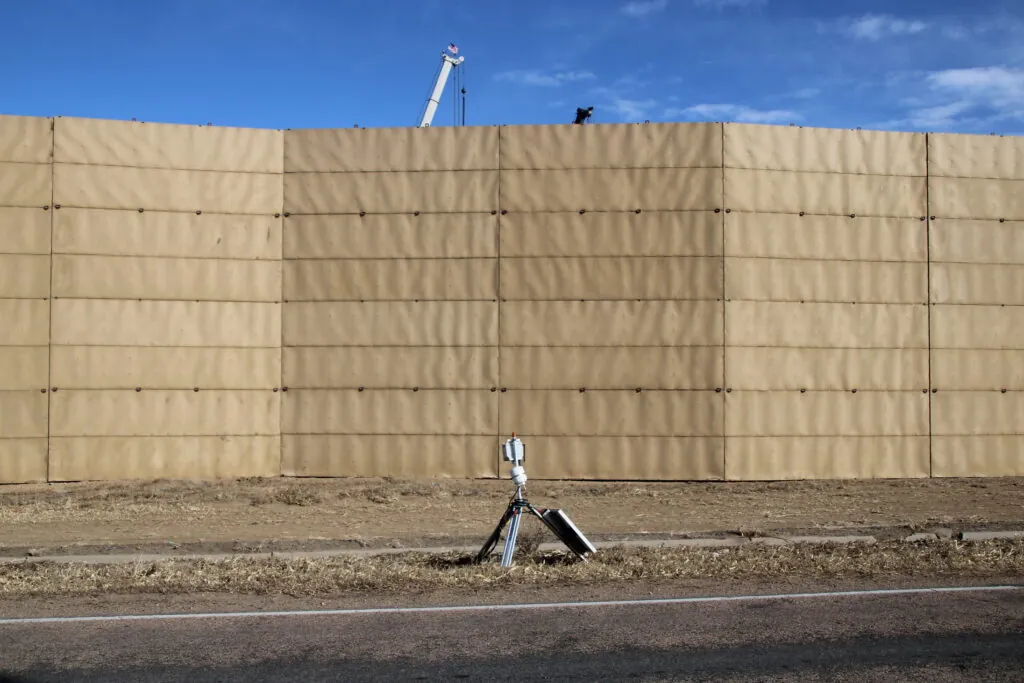
Misleading the Public
In February, the Air Quality Control Commission (AQCC) adopted new rules that include revisions to Colorado’s pre-production air quality monitoring program for oil and gas well pads. This program, which was originally created in 2020, requires operators to conduct air quality monitoring during drilling and fracking operations as well as through the first six months of production on a well pad. The revisions that the Air Pollution Control Division (APCD) presented to the AQCC were primarily focused on improving data quality and reporting.
Improvements were sorely needed. When the AQCC created the program, flexibility for operators was prioritized above all else (unfortunately, this is a common theme for Colorado regulations). Operators conducting monitoring under this program are allowed to decide what pollutants to monitor, how to monitor them, how to analyze the data, and how to report that data back to the state.
For years now, operators have generated a mountain of air quality monitoring data under the program, but this data varies wildly in reliability and quality, limiting its overall utility. Even worse, our research indicates that this monitoring program frequently produced data that may mislead the public about continued air quality impacts from drilling and fracking.
Earthworks’ Certified Gas Reports
Earthworks published reports evaluating certified gas programs and the efficacy of continuous emissions monitors in both 2023 (Certified Disaster) and 2024 (Certified Gaslighting). Gas certification often relies in part on the use of continuous emissions monitors to ensure that emissions due to leaks and equipment failures are promptly addressed. This same monitoring technology is what operators use for Colorado’s pre-production monitoring program, which means the program represents an opportunity to understand how this technology fares when deployed at a large scale in the field.
For the reports, we were particularly interested in determining the degree to which monitoring data would be correlated with our routine observations of pollution from oil and gas well pads during drilling, fracking, and early production using our optical gas imaging (OGI) camera.
Overall, we conducted over 150 on-the-ground surveys of 53 different well pads in the Front Range where air quality monitoring was being conducted during pre-production and early production activities. We noted the pollution we observed from specific equipment and activities. We then reviewed 135 monthly monitoring reports produced by the operators of these well pads that corresponded with the timing of our surveys to determine if monitors detected the same pollution events.
Our findings resulted in a stark conclusion: there was little to no relationship between the pollution events we observed and recorded, and the pollution detected by monitors, which seldom detected pollution at all.
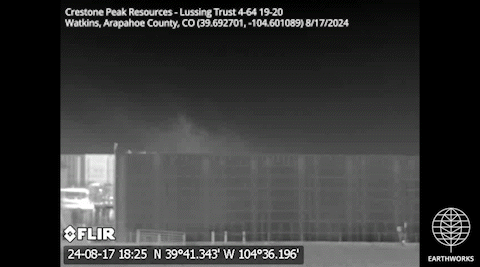
Our reports offered a number of potential reasons for this disconnect, including but not limited to:
1) Monitors are often deployed behind physical barriers such as sound walls (see examples above) or on uneven terrain that likely prevents monitors from detecting emissions. Pollutants have to come into direct contact with a monitor’s sensors in order to be recorded. If a monitor is placed in a position that prevents contact with a potential plume of pollutants from the facility, it will still collect data but that data will not show a record of any pollution.
2) Data loss and monitor failure are a significant problem. Many monitors suffer significant downtime, lasting days or sometimes weeks at a time. This in turn means that monthly reports can be full of gaps, raising the likelihood of pollution events going unnoticed.
3) Most monitoring data reported by operators is condensed into hourly averages rather than minute-by-minute readings. If a monitor detects a short-lived event that lasts only a few minutes, those elevated levels may get flattened out by averaging the readings over an entire hour.
Taken together, the practical impact of these issues goes well beyond whether, in any given scenario, the monitors on a well pad detected pollution that we observed with our OGI camera.
Our greatest concern is that inconsistent, low quality monitoring data collected by operators since 2021 creates a false sense of assurance that air quality impacts from pre-production and early production have been curbed.
In other words, the reality is that the monitoring data as a whole may be more useful for obscuring the truth than for revealing the continued challenges with pollution that we know are occurring.
Luckily, it appears as though the state took our findings seriously in seeking to improve the program.
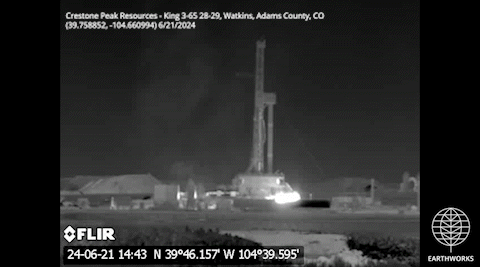
An Improved Program But Impacts Remain
Fortunately, the AQCC’s revisions to the program address all of the issues we highlight above.
Our reports called for stricter guidance in how monitors should be deployed, rules that minimize data loss, and a requirement that data should be reported minute-by-minute. The newly improved program now includes guidance for how far away monitors need to be placed from sound walls, a requirement that 75% of monthly data per monitor be maintained (to prevent data loss from monitor downtime), and rules stating that data must be reported minute-by-minute, along with a host of other standardizations and improvements.
Additionally, during the hearing, we successfully advocated for the AQCC to strengthen a requirement that faulty monitors be replaced in a timely fashion by demanding that operators replace malfunctioning monitors within 14 days rather than 30 days. We also successfully argued that the APCD should return to the AQCC by January 2027 with a progress report and additional ideas for improvements to the program.
All in all, we are encouraged by the fact that most of the recommendations from our reports are addressed by the improved program and that the AQCC was willing to strengthen the proposed rules based on our arguments during the hearing. Hopefully these improvements result in monitoring that provides the state with higher quality data and is better able to detect pollution events that may have an impact on surrounding communities.
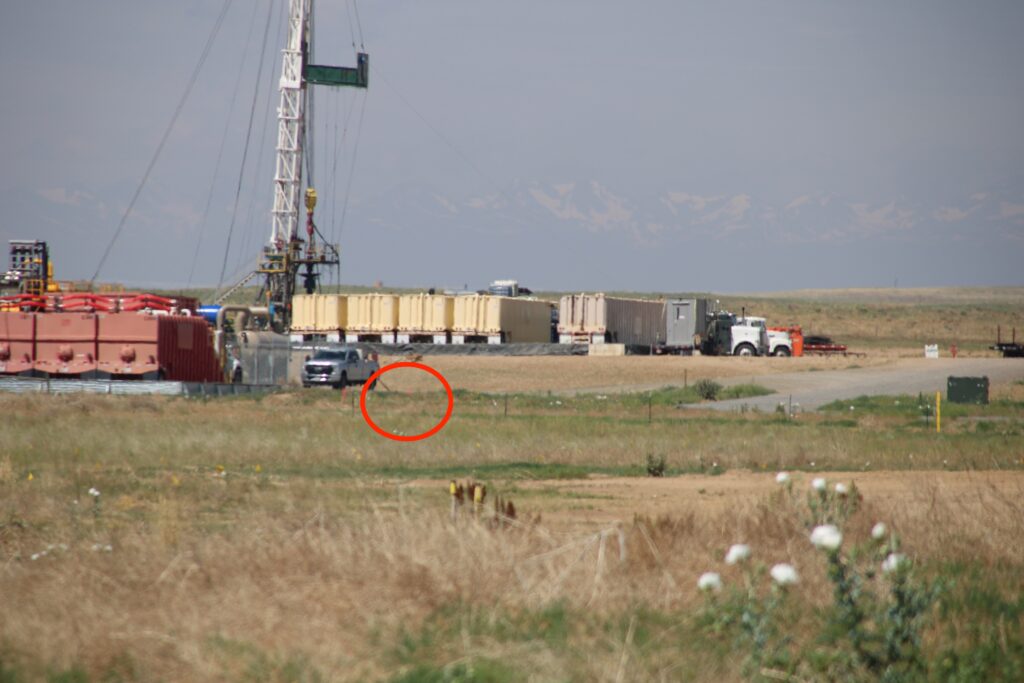
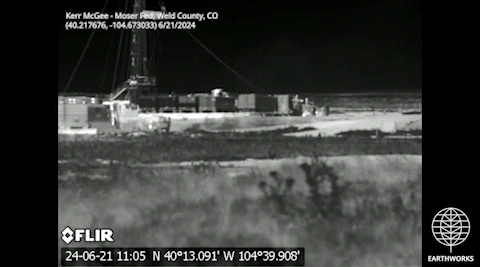
It is important to note, however, that the program is still far from perfect.
For instance, the program only requires operators to deploy 3 to 4 monitors per well pad for monitoring. This imposes a major constraint on having enough monitors in position to detect every potential plume.
Furthermore, it is essential to keep in mind that monitoring for pollution does not necessarily result in pollution being addressed, especially since so much of the polluting equipment and activities during pre-production and early production are not directly prohibited by current regulations (see example above).
While improving the data collected by this program is a necessary step, the truth is that communities in Colorado where drilling and fracking are occurring are still suffering from the air quality and other impacts associated with these activities. No amount of air quality monitoring data generated by operators will ever be a substitute for the experiences of people whose lives are upended by being forced to share their neighborhood with a polluting industry.
